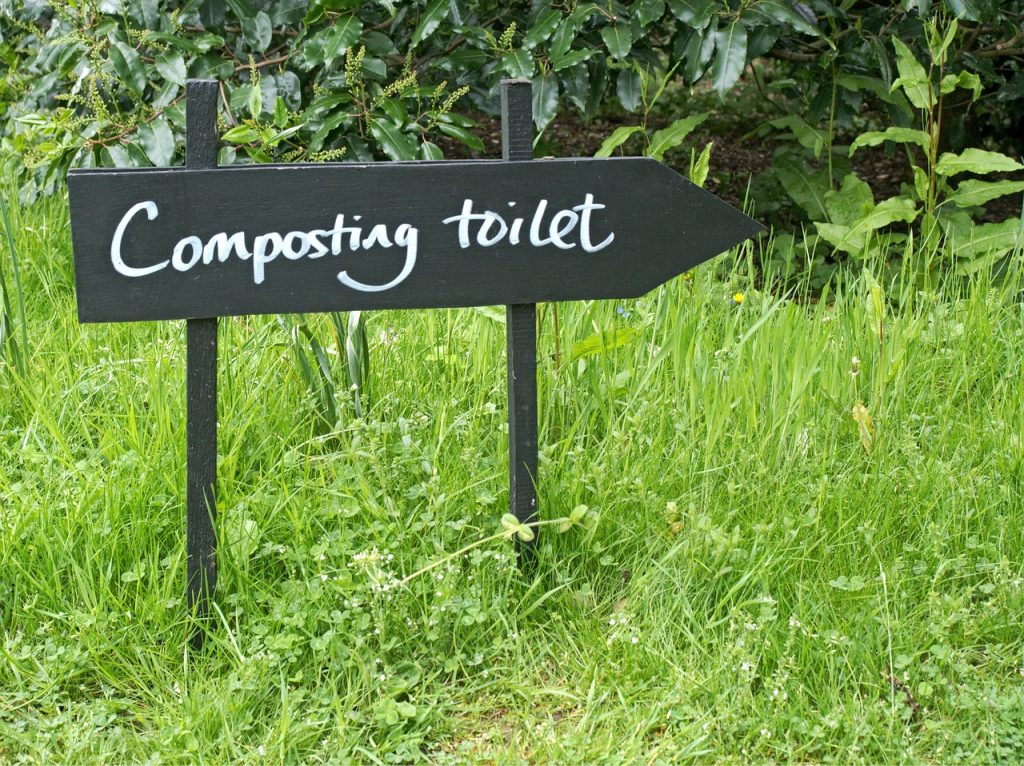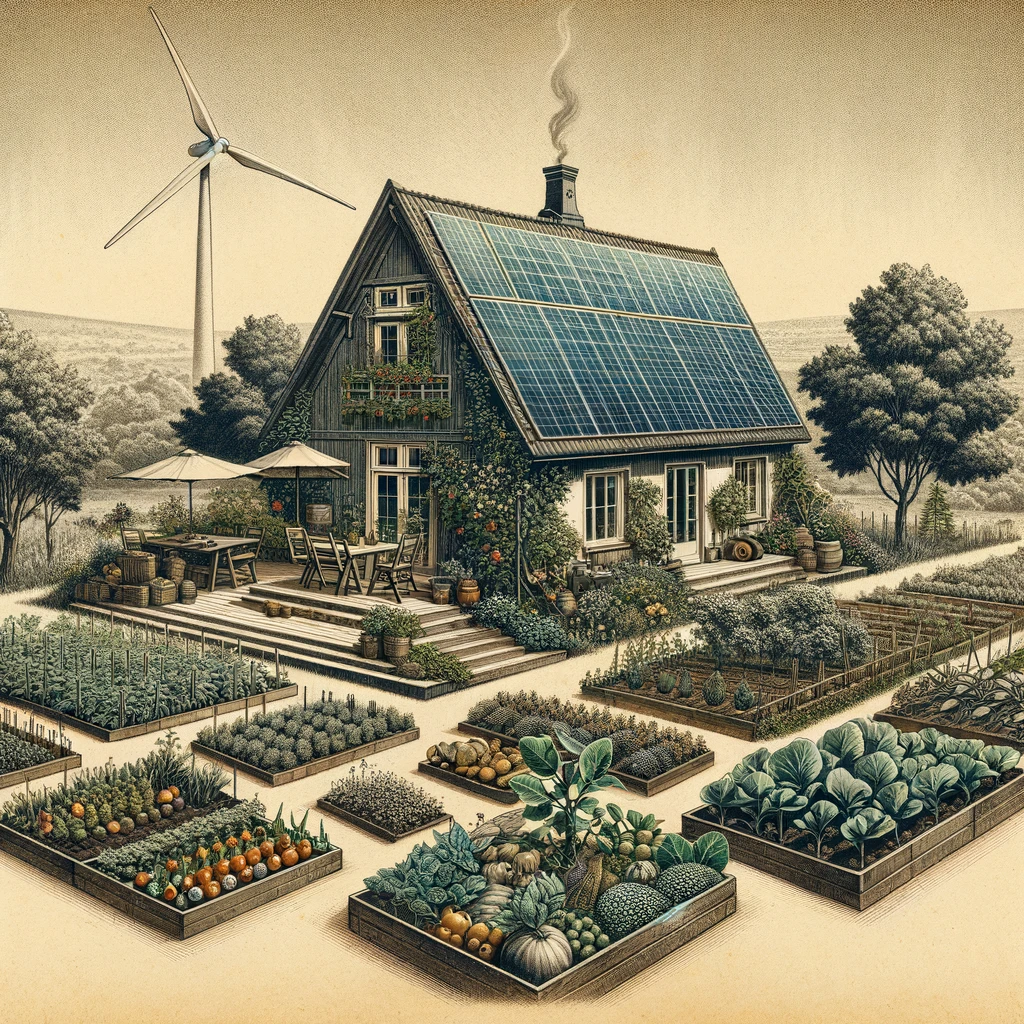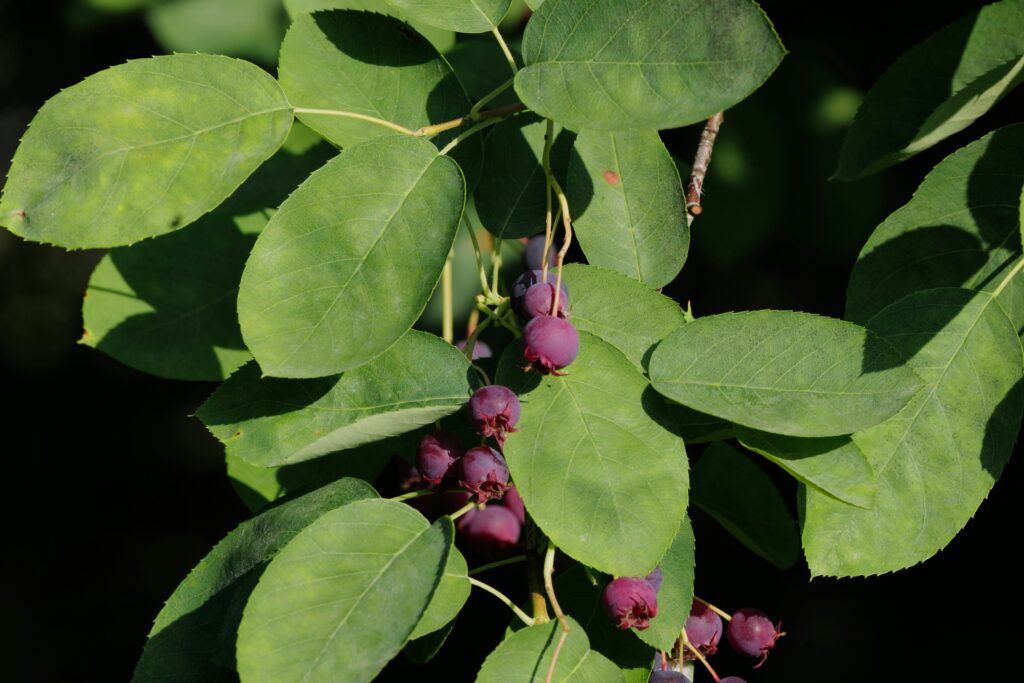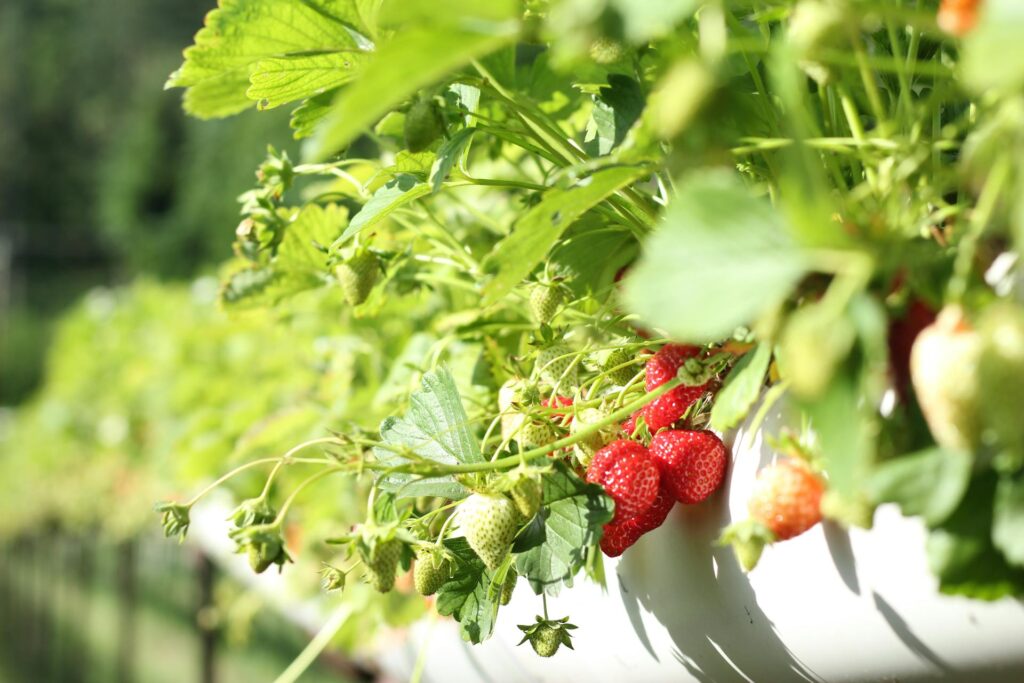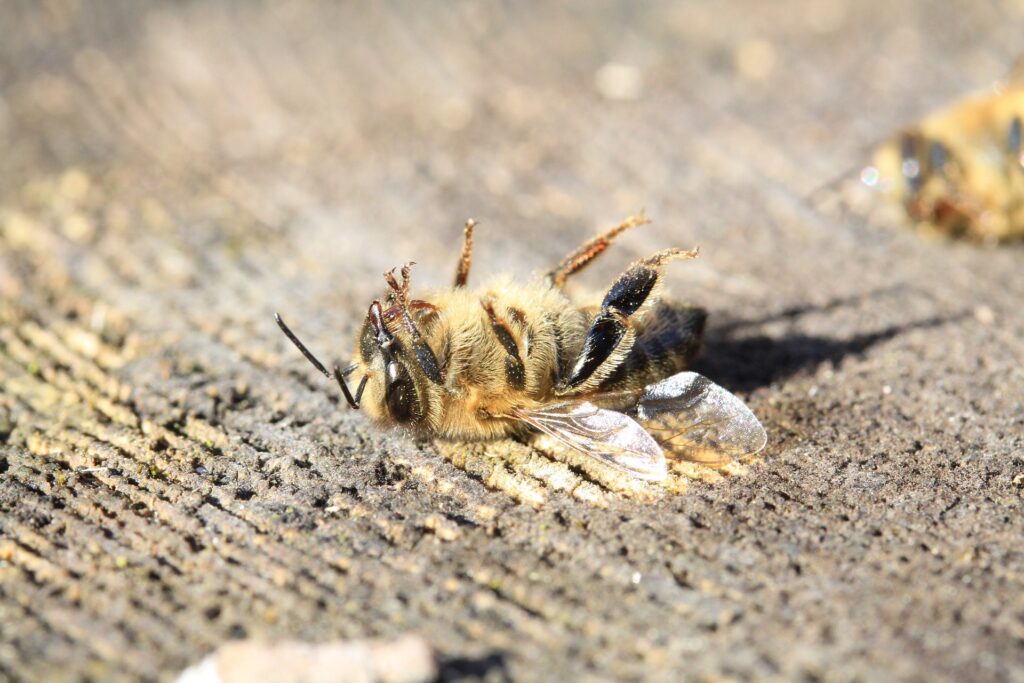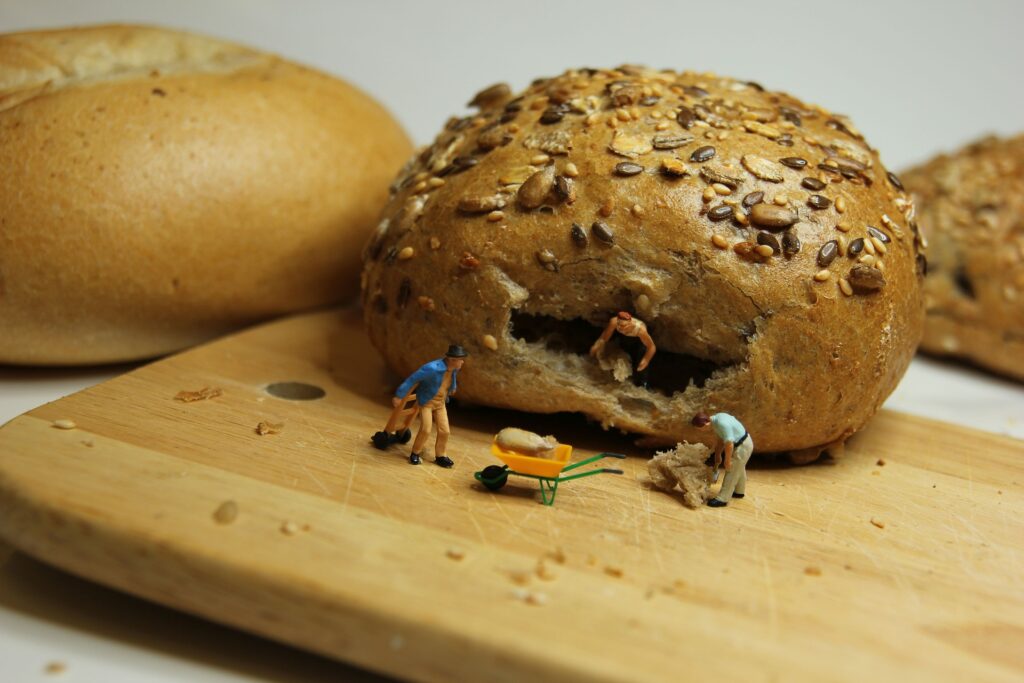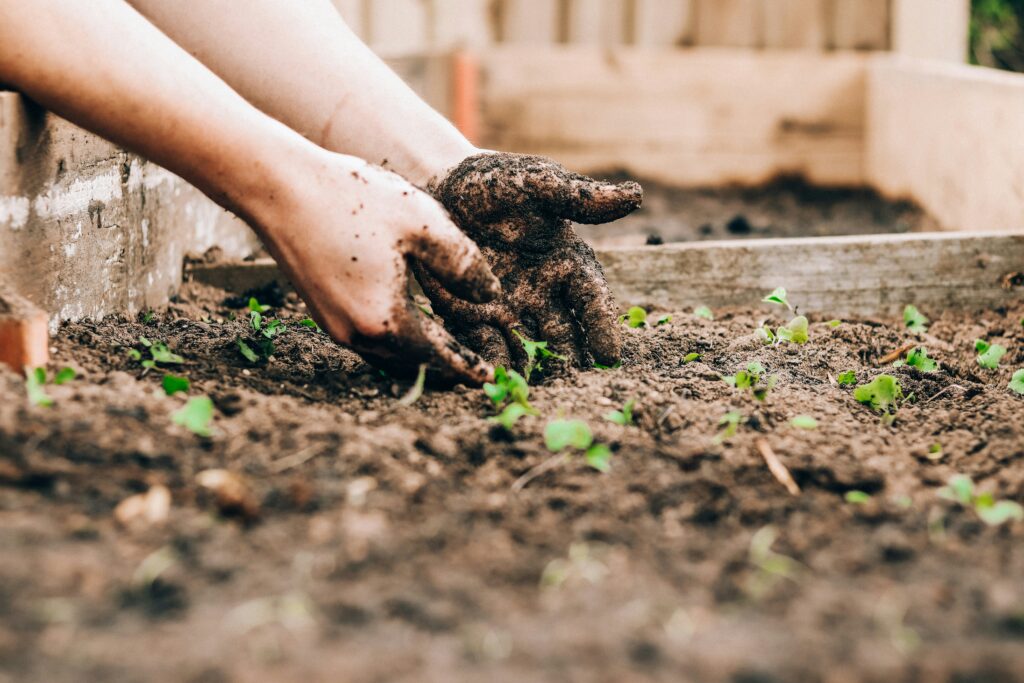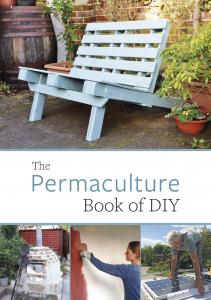Gardening & Farming
No Results Found
The page you requested could not be found. Try refining your search, or use the navigation above to locate the post.
Curated Content From Around the Web
Fertilizing Roses in Spring for Stunning Blooms (& Bonus Tip for More Flowers)
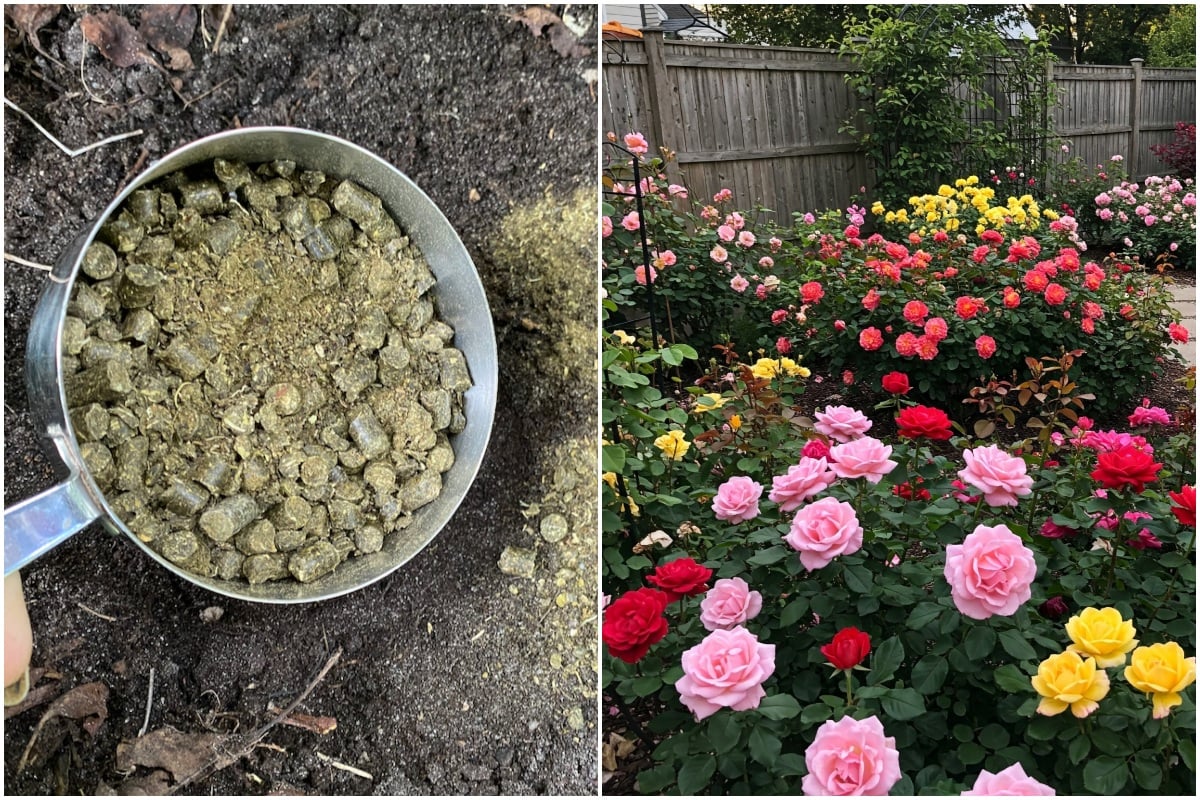
I was thinking recently about gardening expectations. About how, if certain plants don’t do so well one year, I’m ok with that. But when other plants fail to meet my expectations, I’m decidedly more disappointed. So if my rhododendrons aren’t blooming particularly well, I can live with that. But if my roses are a bit lazy one year, I find myself getting so disappointed. It must be rough to be the golden child with a lot of achievement expectations placed upon you. In the interest of saving both myself and our readers from a season of unmet rose expectations, here’s what usually works for me to get beautiful rose blooms every year. How do we get a cascade of beautiful rose blooms all throughout the season? You’ve probably already heard that all-too-common phrase “roses are heavy feeders.” But what does that even mean? And what exactly are they feeding on?…
Read More
Read More
Here’s How to Make Free Liquid Fertilizer for Life
Share Post Pinterest reddit Email As someone who is constantly juggling various personal, professional, and homestead tasks, there’s one permaculture principle that’s proven to be incredibly important in my day-to-day life. It’s the principle of ‘the least effort for the most effect.’ Essentially it’s this idea that you want to work in a way where you get great results for a minimum investment of your resources (time, labor, money). I mean, who wouldn’t love that? Now, the problem with this is figuring out how exactly to do things in this ‘least effort for the most effect’ way. So today, I want to showcase the principle in action on my farm and give you at least one idea of what you could do, and as a byproduct, you’ll get an endless supply of free liquid fertilizer. In one of my earlier videos, I showed you my small permaculture nursery setup where…
Read More
Read More
How to save money on plants – my simple plant propagation setup
Share Post Pinterest reddit Email From all the inputs you’ll need to establish your food forest, there is one that could break the bank more than any other. I’m talking about the sheer amount of plants you’ll need in order to grow your perennial permaculture paradise. The $$ numbers can be brutal when you do some math on the plants required. Let’s say you need to plant a few lemon balm patches as part of the guilds around your apple trees. You want to add some aromatic plants to confuse the pests. For each patch like that, you’ll need, let’s say, six lemon balm (trans)plants. I’m not sure how much a lemon balm plant costs in your neck of the woods, but let’s say it’s $5. That comes to $30 for one patch. And you need at least ten like this for your ten apple trees – $300. It turns…
Read More
Read More
How to design a food forest or permaculture orchard (also: 3 spots open for DFY Food Forest Design service)
Share Post Pinterest reddit Email Here are the 5 steps you should go through when you design a food forest, so that you can grow 3-5X more food, with less maintenance, compared to conventional methods. By the way, if you’d like to hire me to do the entire design, I charge USD 2,000 for it and have 3 spots open. Apply by filling this application if you’re interested, and I’ll send over the next steps. (Note: If you’re a student of my Farm Design Course, do let me know! We’ll deduct what you paid for the course from the $2,000 service fee. Now let’s dive into the design process… STEP 1: What is the primary goal of your food forest? The most common goals are: Grow food for the family Regenerate the land Generate income Yes, a food forest will do all three. But you should lock in one PRIMARY…
Read More
Read More
Here’s Your Plant Propagation Calendar (Free Download)
Share Post Pinterest reddit Email If you’ve seen my post about my simple plant propagation setup, you might have noticed that I have comfrey growing there. The thing is, I can’t get enough of this plant, no matter how much I produce it. I use it as a dynamic accumulator in my food forest guilds, as fertilizer for my garden, to accelerate my composting process, as biomass for mulching, and to attract beneficial insects. It’s a versatile plant with many uses, including medicinal ones. Luckily, propagating comfrey is pretty simple. You dig the plant’s root, cut it into individual pieces, and plant it. After some time, each root piece becomes a plant on its own. It’s that easy. However, it’s time-sensitive, meaning you can’t do that at any time of the year. I had to learn this the hard way. Before I had my nursery set up, I would go…
Read More
Read More
The Secret to Huge Strawberry Harvests in Containers 🍓🪴
Breakfast from your backyard – I’ll teach you how!
How Much Rhubarb Can You Harvest? (And Why You Need to Be Patient)
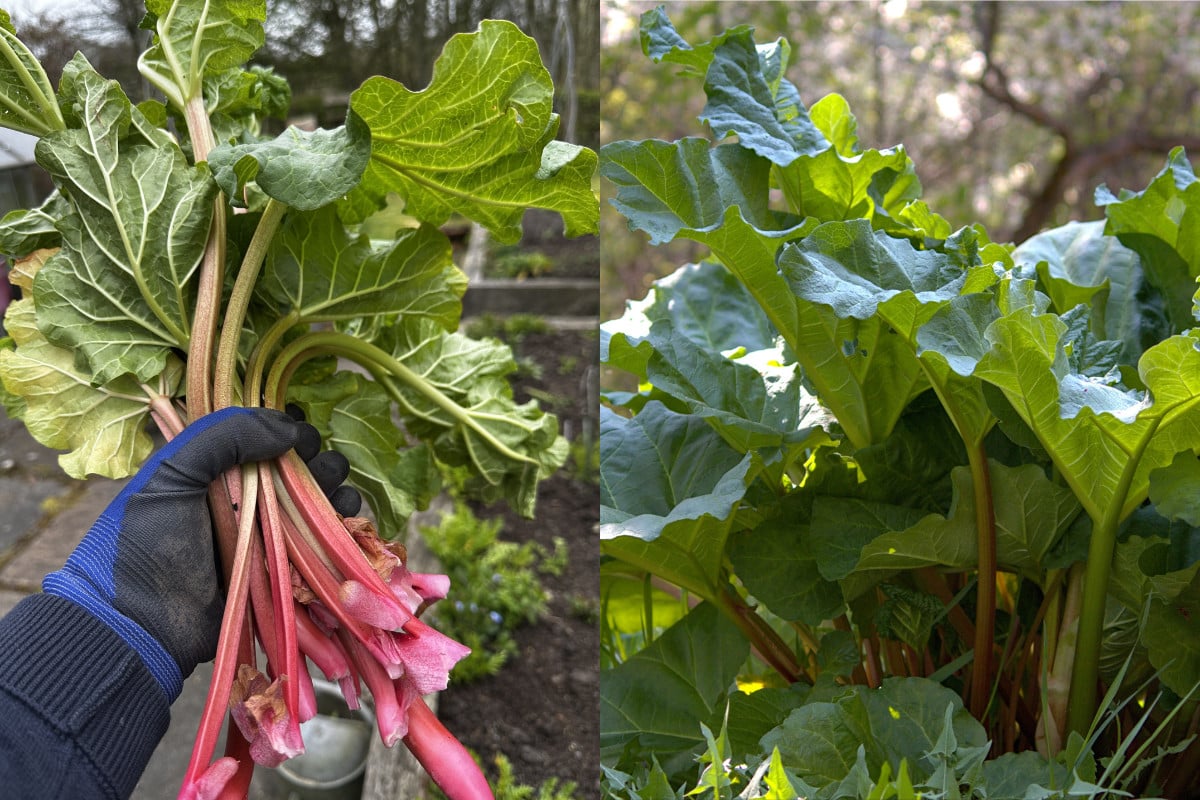
Aside from daffodils, rhubarb is my favorite “spring is really happening” marker. When I start seeing rhubarb at the farmer’s markets, I know winter is well and truly over. (Except for that time in 2023 when we got a frost in the first week of June, but we’re going to pretend that never happened.) Naturally, when I moved into my new place, one of the first things I did was put rhubarb in the ground. And I quickly killed it because I committed a cardinal rhubarb-picking sin. I’ve always been lucky to have access to a mature patch. I had no idea there were rules around harvesting newly planted rhubarb. But I know better now, and with year two underway after replacing my first murdered rhubarb, I’ve realized this is a plant you can’t rush. With that in mind, I’ve decided to add two more plants and expand my rhubarb…
Read More
Read More

